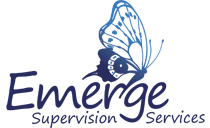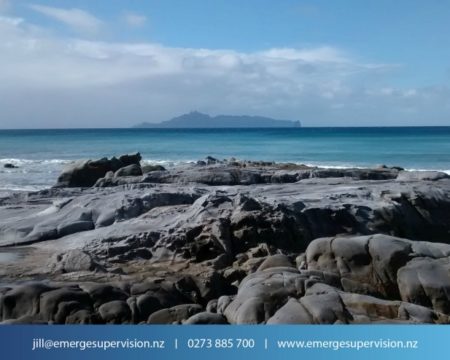I was driving through town the other day. Do you get the sense as time gets closer to Christmas that everything seems to speed up and become more urgent? As I navigated through the traffic I began to notice and appreciate what a difference it made when other drivers used their indicators. When I could see when they were planning to turn, give way, etc I was able to take considered action myself and it made for a much smoother trip for me. I also noticed the resulting chaos that ensued when people weren’t indicating correctly or at all, and the frustration I felt.
This insight had me considering the value of indicating our intention. For example we can deliberately set an intention for a meeting, a journey, a conversation, an outcome. Setting an intention is a way of indicating to life where you want to head. Even the simple act of pausing to ask yourself “What am I intending here?” can bring you closer to a desired outcome.
Setting An Intention
In his book “Ask Powerful Questions: Create Conversations That Matter” , author Will Wise explains that “intention is connected to purpose, and yet it is so much more than that. The root indendere, from Latin, suggests “to stretch”, so when you make an intention, you are inviting yourself (and others) to stretch, grow and evolve toward something greater, to something purposeful.”
The act of setting an intention can be made positive and effective using any of three different frameworks.
- The Future: “How do I want the world to exist?”
- An Outcome: “What result am I expecting from this (event, action, conversation…) that would be useful for everyone involved?”
- A Commitment: “What promise have I made that I want to live fully in this moment?”
An example might be prior to an initial client assessment you might ask yourself “what result am I expecting from this meeting?”
Using “We”
If we take this concept of setting an intention into our client-focused practice we might consider one of Wise’s tools for setting a collaborative intention. That is using “we” questions to identify our intention. For instance “What would it look like when we (client and I) achieve our purpose?” Or “What is it that we (colleagues and I) are trying to create?” Wise explains that “using inclusive language will encourage you to be accountable for the whole (not just your needs, but also include the needs of those around you).”
By setting an deliberate intention we can indicate to ourselves and or others where we are heading. I find this to be a helpful thought leading into the crazy pre-Christmas season.
PS While I do not usually have client sessions during January (school holidays) I have decided this summer to open up a limited number of 1:1 sessions to work on setting goals and intentions for 2018.
The “intention” of these sessions is to support you to identify what you are aspiring to Achieve, Have, Be in 2018 within your work practice and to plan some of the early steps on this journey. These sessions are available for current supervisees, as well as those who are interested in working with me on a one-off basis. If you are interested in learning more contact me here.



